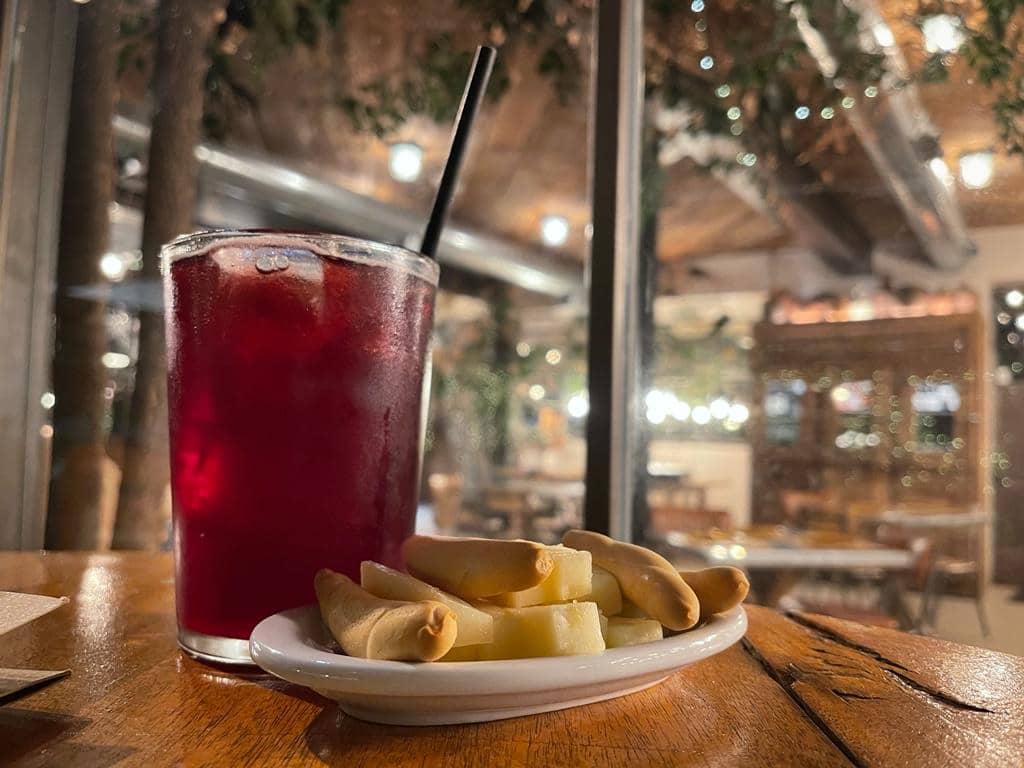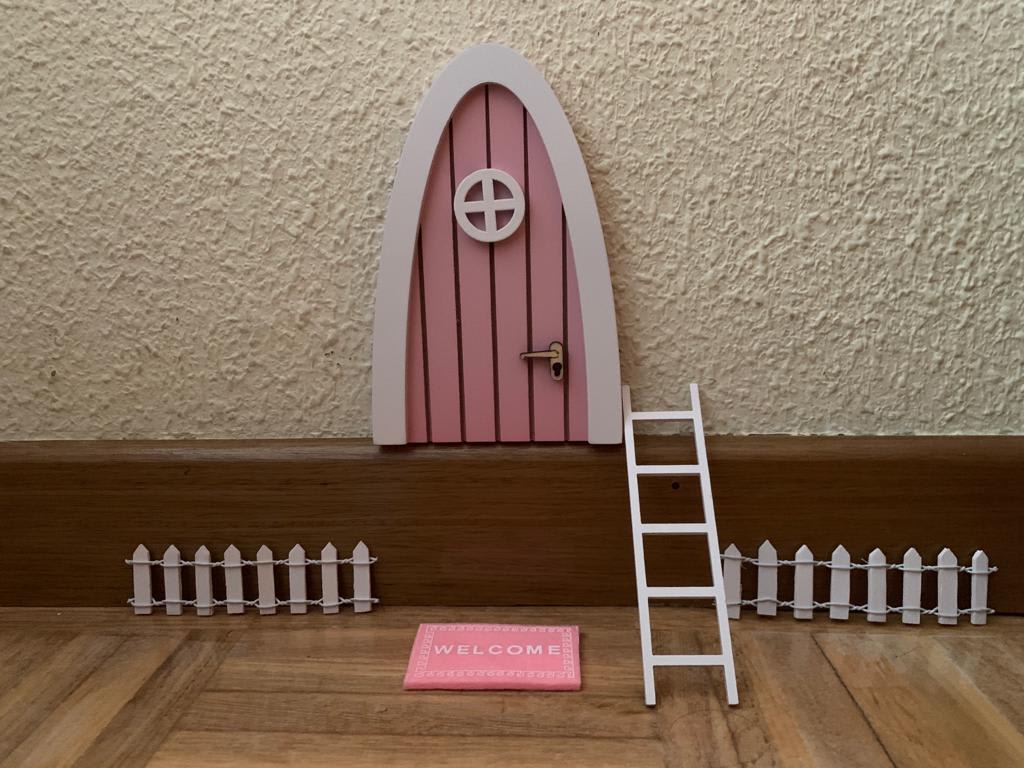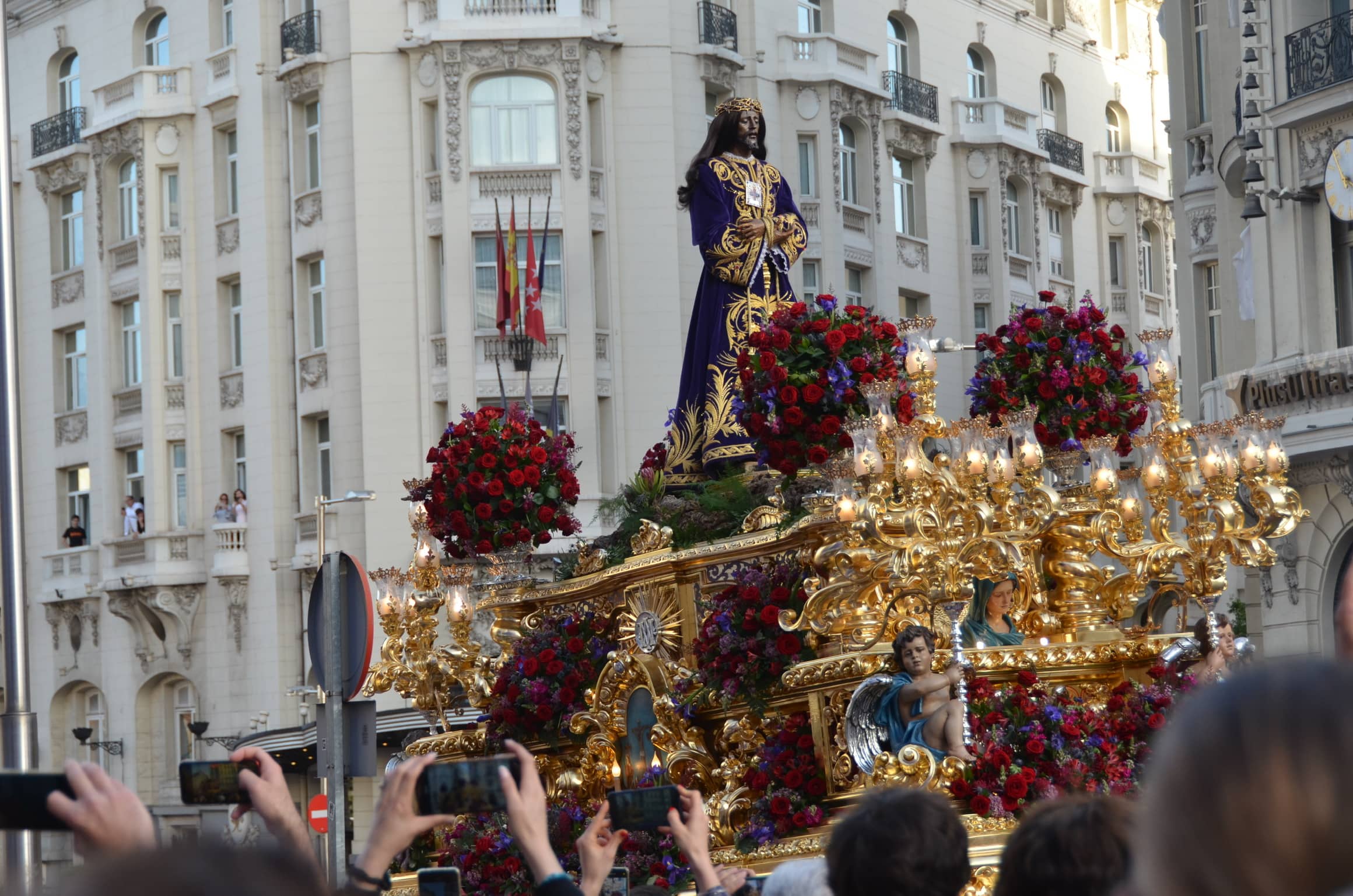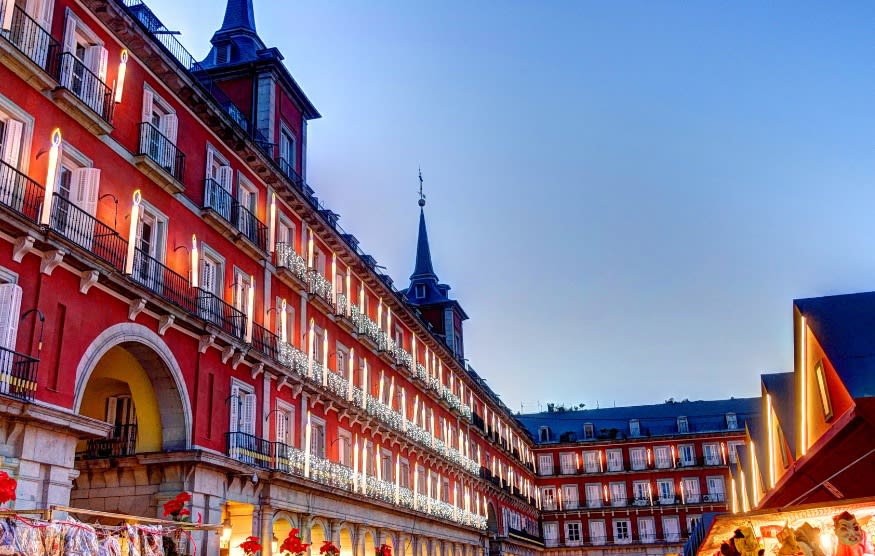Your Guide to Top 13 Spanish Traditions You Must Know
September 16, 2022
Win a FREE Trip to Spain!
Exciting Announcement! For the first time, we're thrilled to offer exclusive trips to the heart of Spain - an experience like no other. This isn't your typical tourist journey; it's a unique opportunity to immerse yourself in authentic Spanish culture, alongside real locals and our passionate team.
But there's more! Simply by requesting information about this amazing trip, you'll be entered into a special draw to win a Fully Paid Trip to Spain for Two. And that's not all - everyone who inquires will receive an exclusive bonus gift, valued at $500, available only now.
Ready to Discover the Real Spain?Click Here ↑ to Request Information & Enter the Draw!
Do you know how many years of history Spain has? Imagine tracking ALL of it and creating a guide with the top 13 Spanish things.
I’m kidding, there is no way I can summarize Spain in one post (or at least it wouldn’t be fair). But I did bring you a guide that will paint a pretty complete picture of our traditions. So, here is what you need to know about what we repeatedly do as a culture.
I hope you are comfy because there is a lot of ground to cover!!!
Table of Contents ▼ ▶
My Highlights of Spanish Customs
1. The Siesta Myth
I’ll begin with my favorite myth: la siesta. Do we really take naps every day? No, even if I wanted to, we don’t.
Okay… maybe children, older people, and some students can afford to, but most of us don’t.
However, don’t take my word for it. We went to the very center of Madrid to ask Spaniards about their “Siesta” habits. This is what they had to say:

Siesta was pretty common during the 20th century (this is not a history lesson, I promise). The reasons for naps to be common were Spain’s rural workforce, that it was common to have two different jobs, and Franco had recently changed our time zone. Yes, you read that right. I have written a whole post on Spanish Siesta right here. In that post explain these three theories and the modern controversy of our beloved siesta.
The truth is nowadays most people live in big cities and need to do some long commutes. With that happening, it is challenging to get some minutes to recover. People who work in the agricultural field can sometimes afford to take naps, but is not the same for the rest of Spaniards.
Why? Take my friend Enrique as an example. He works for a big seed company in Almeria. Enrique wakes up at 5:50 and works until 11:30, when the hottest moment of the day begins. He goes home, eats his lunch, takes a 15- 20 minute nap, and returns to work. He basically waits until the heat ceases to go back to his greenhouse.
Still, la siesta is a Spanish practice, and I take one every time I get a chance.
2. Always Tapeo
Tapeo is the action of tapear, and tapear comes from the word tapa. Are you following? Great.
A tapa is an appetizer served with wine or beer. We make tapas out of everything, but if you visit, you’ll notice that it is usually served with bread.
How does it work? Go to any, and I say any, bar in Spain. Ask for a caña (small glass of beer) or wine, and you’ll get a tapa. Some bars are more generous than others. One day you could get chips, and the other day one tapa de salmon (salmon appetizer, it’s incredible).
What is the tradition of tapas? Well, tapear itself. We are used to doing it after work. We meet with friends or family and head to some bars to dine a variety of tapas before going to sleep.

3. Late Nighters
Compared to the siesta myth, this is entirely true. We are late-nighters. Remember I mentioned something about a time zone earlier?
Well, I’ll do a brief reminder. In 1940 Franco decided to change our time zone, and now we live one hour ahead than we should. I will explain it in more detail here. The point is that it affected our schedule, and now we do things an hour later than the rest of Europe in the GMT zone.
Now, it has become a custom to do everything late. We have dinner at 22:00, sleep past 12:00, and party. We do it from 2:00 AM (!!) forward.
4. Ratón Perez
I love this one. Raton Perez is the Spanish tooth fairy. Yes, we have a mouse for a fairy!
Ratoncito Perez is an important tradition for kids. After they lose their primary teeth, they are supposed to put them under their pillow, and the Ratoncito will visit at night to leave a present. Just like the regular tooth fairy!
But, there is way more to this story than what I tell you. This tradition was born from a story about our former King Alfonso XIII. You read all about it here!
The fun part of this tradition is putting a small door in our houses to tell the kids where the Raton Perez comes from.

The OG’s
I know it sounds cheesy, but they are! If anyone thinks of Spain, the first thing that comes to mind is a woman in a red dress and bulls. Am I wrong? I don’t think so.
5. Flamenco
Did you know that Spanish people disliked being associated with flamenco before the Civil War? Surprising right?
Well, this holistic art has a gypsy origin that Spanish elites rejected. This last sentence is pretty complicated. By holistic, I mean that flamenco is not just a dance. It is the music, the song, and every move. Why did the Spanish elite reject it? Because it was practiced by people coming from outside the country and considered entertainment for the masses.
But! After the Civil War, Franco recognized the need for money and decided to exploit this entertainment that the world enjoyed. That’s how flamenco became a highly recognized Spanish tradition, it was turned into a tourist attraction.
Still, this is a beautiful form of art that tells a story and really engages you when you see it.
6. Bullfights
Bullfights. Once adored, now a tabu. Though bullfights carry controversial baggage, they are a Spanish tradition.
The performance between a bull and a matador as we know it originated in the 18th century. Our first matador was Francisco Romero, who introduced the use of the sword and the red cape. Since then, bullfighting has become popular entertainment.
Nowadays, bullfights are still practiced, especially in Madrid and southern Spain.
Iconic Traditions
Okay, ready for the best part of our traditions? One of the most known stereotypes about Spanish people is that we party a lot. Once again, the stereotype is true. We know how to party, and we like it. So, I will list the most exciting parties we hold as traditions.
Special celebrations
Almost every city and village in Spain has a week when they celebrate themselves. But there are 3 you must know and go eventually.
7. San Fermin
The Running of the Bulls Party. I think this is the most popular one. San Fermines is celebrated from the 6th- the 14th of July in Pamplona (Navarra). The main attraction of this celebration is seeing people try to outrun the bulls in a narrow street called Estafeta. Besides, that is a significant party that lasts 8 consecutive days.
8. Fallas de Valencia
The Falles are celebrated from the 15th-19th of March. The main attraction of this tradition is the breathtaking sculptures burned before the 19th. History says this tradition came to life because carpenters wanted to get rid of their extra material before Saint Joseph’s Day (March 19). What better way to do it than building giant, creative sculptures?
9. Feria de Abril
Seville’s Fair is celebrated after Holy Week but doesn’t have an exact date. This tradition is pretty simple; people from Seville gather for a week to party. That’s actually the purpose, to have fun! Women dress in traditional costumes, families go for rides on carriages, and people party in private casetas (tents).

Holidays
10. New Years.
Just like anywhere else in the world, we celebrate New Year’s on December 31. But we do have some unusual traditions to have fun with. For example, a real Spaniard will never skip eating the 12 lucky grapes. Others never miss the bell chimes in Puerta del Sol (Madrid), and most of us party until 6 am to get churros for breakfast.
11. Los Tres Reyes Magos
The Three Wise Men is a Catholic tradition celebrated on January 6. This is a unique tradition for children. They must write a letter to the Tree Wise Men who once brought gifts to Jesus. The letters must be ready before the 5th. That day families go see the Cabalgata (the three Wise Men parade in camels), and when it’s over, kids run back home to see their presents.
Religious traditions
12. Semana Santa

Holy Week doesn’t have exact dates but is usually celebrated during the first or second week of April. Sevilla and Malaga have the most iconic processions of Holy Week.
What do we do? Churches from each city prepare an ornamented float of the Virgin Mary or Jesus. These floats represent stages of the way to the cross.
13. Saint’s Day
I think this tradition is not widely known but is a curious one. A lot of Spanish Catholic people have names from people that were saints. So, on the day the Church commemorates the saint, people also congratulate the person with the same name. For example, going back to the final day of the Falles, all the Josephs are commended on March 19, the designated day to celebrate Saint Joseph. It’s like a double birthday!

So here you have it! The top 13 Spanish traditions and customs to get a quick sneak peek of our culture. We went through different categories, from small customs to huge celebrations, all important for Spain.
I know you always want to know more, so scroll down. I’ve linked other posts you might find interesting after reading about our traditions. Hope you like it and are helpful when you visit!












